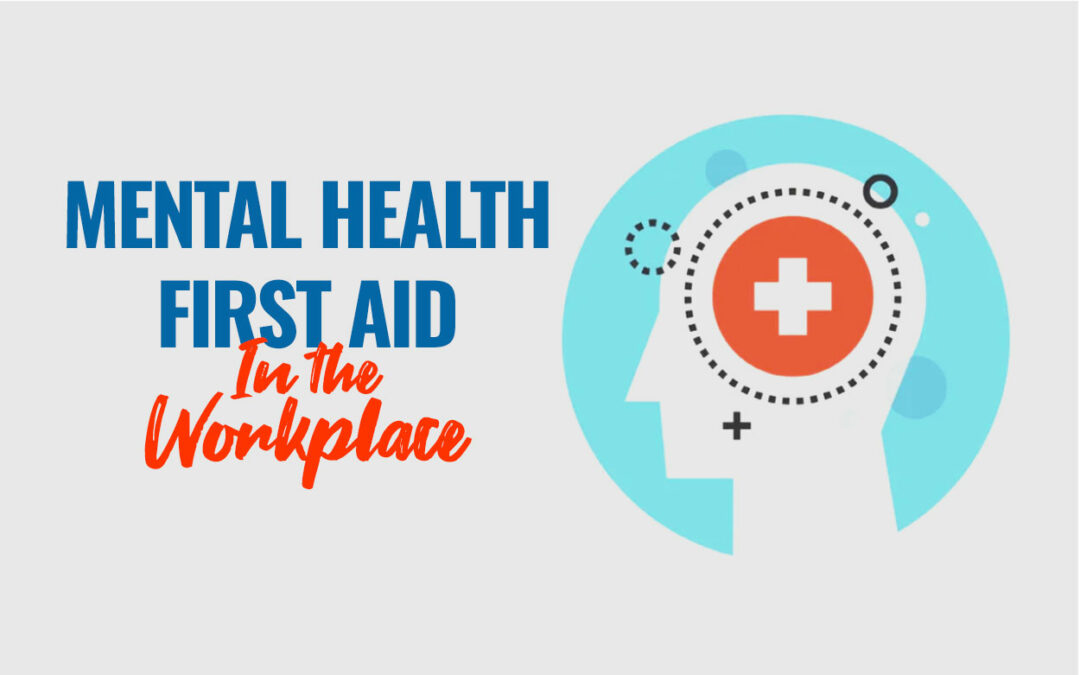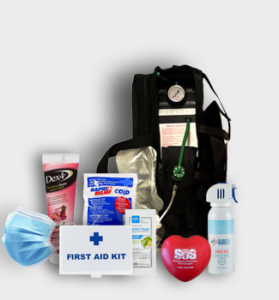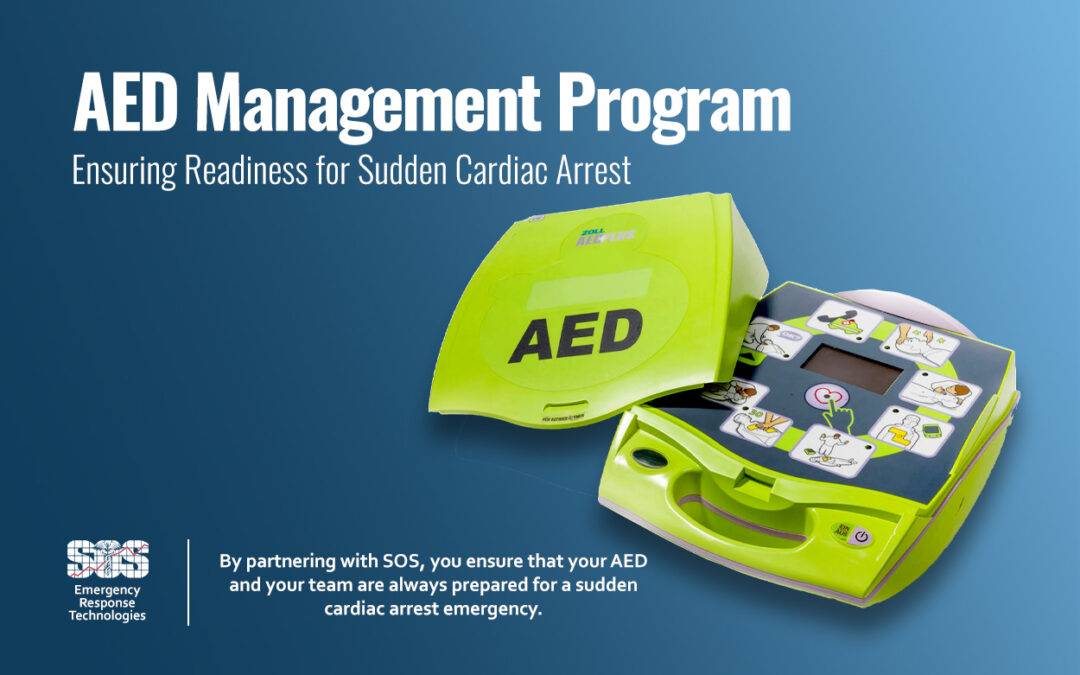
AED Management Program
AED Management Program: Ensuring Readiness for Sudden Cardiac Arrest
When someone suffers a Sudden Cardiac Arrest (SCA) on your watch, having an Automated External Defibrillator (AED) and responders ready to act is crucial. However, maintaining this readiness can be challenging as first aid attendants come and go, certifications expire, and regulations change. This is where an AED management program becomes essential.
What is an AED Management Program?
An AED management program is a comprehensive service that ensures your AED and your team are always prepared for an emergency. At SOS, we offer a service agreement that helps you stay on top of maintenance and training, so you can respond confidently when it matters most.Key Features of the SOS AED Management Program
- Timely Reminders: Our program will remind you when it’s time to replace AED pads and batteries, ensuring your device is always operational.
- Training Scheduling: We notify you when it’s time to schedule your next training class, helping you maintain up-to-date certifications for your responders.
- Compliance Assistance: Stay informed about changes in laws and regulations affecting AED usage, so your facility remains compliant.
- Peace of Mind: With SOS managing your AED program, you can focus on other aspects of safety and readiness, knowing your AED is in expert hands.
Why is AED Management Important?
An AED management program ensures that:
- Your AED is always ready for use.
- Responders are confident and prepared.
- Your facility complies with current regulations.
- Maintenance tasks don’t fall through the cracks.
The Importance of AEDs in SCA
Sudden Cardiac Arrest is a life-threatening emergency that can strike anyone, anywhere, at any time. The chances of survival decrease significantly with every passing minute without defibrillation. AEDs are designed to deliver a controlled electric shock to the heart, restoring a normal heartbeat in victims of SCA. Their portability and ease of use make them essential in workplaces, schools, public places, and homes.
The Role of AED Management in Enhancing Survival Rates
Effective AED management directly impacts survival rates in cases of SCA. Here’s how:
- Ensuring Functionality: Regular checks and timely replacements of pads and batteries ensure the AED is always ready for use.
- Ongoing Training: Regular training sessions keep responders skilled and confident, ensuring they can act quickly and effectively.
- Legal Compliance: Keeping up with current regulations helps avoid legal complications and ensures best practices are followed.
- Record Keeping: Detailed logs of maintenance and training sessions help in audits and improve accountability.
Common Challenges in AED Management
Managing an AED program can be complex. Here are some common challenges:
- Maintenance Overlooked: Without regular reminders, it’s easy to forget to check pads and batteries.
- Training Gaps: Staff turnover and busy schedules can lead to lapses in training.
- Regulatory Changes: Keeping up with evolving laws and guidelines can be difficult without dedicated support.
- Record Keeping: Tracking maintenance and training manually can be time-consuming and prone to errors.
How SOS AED Management Program Addresses These Challenges
At SOS, we understand these challenges and have designed our AED management program to address them effectively:
- Automated Reminders: Our system sends automated reminders for maintenance tasks, ensuring nothing is overlooked.
- Scheduled Training: We organize and remind you of upcoming training sessions, keeping your team’s skills sharp.
- Regulatory Updates: We stay on top of the latest laws and guidelines, ensuring your program is always compliant.
- Digital Record Keeping: Our program includes digital records of all maintenance and training activities, making audits and reviews straightforward.
How to Enroll in the SOS AED Management Program
Inquiring about our AED management program is simple.
Contact us at info@sostech.ca to see if your existing AED qualifies for our comprehensive service.
By partnering with SOS, you ensure that your AED and your team are always prepared for a sudden cardiac arrest emergency.
Real-Life Impact of Effective AED Management
Consider a scenario where an AED is needed urgently. With an effective AED management program:
- The AED is ready: Pads and batteries are functional because maintenance reminders were followed.
- The responders are prepared: Training sessions have kept skills fresh, and responders act quickly and confidently.
- Compliance is ensured: Regulatory requirements are met, and there are no legal hindrances in using the AED.
- Records are available: Detailed logs provide clear evidence of compliance and readiness.
Shop now for our available AED Units and Parts & ask us about our AED Rental Program.
Invest in Readiness, Save Lives
Investing in an AED management program is more than just a regulatory requirement; it’s a commitment to saving lives. An effective program ensures that your AED is always ready, your team is always prepared, and your facility is always compliant.
Don’t wait for an emergency to discover gaps in your readiness.
Contact SOS today at info@sostech.ca to learn more about our AED management program and how it can benefit your organization. With SOS, you gain peace of mind, knowing you are always prepared to respond to Sudden Cardiac Arrest.
Stay safe, stay prepared, and make a difference with an AED management program from SOS.
Need to locate an AED during an emergency? or want to register your AED location?
For more info check out: PulsePoint

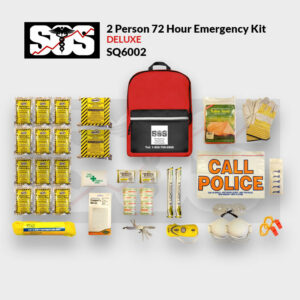
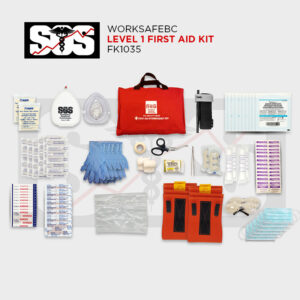
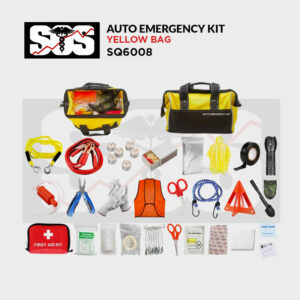
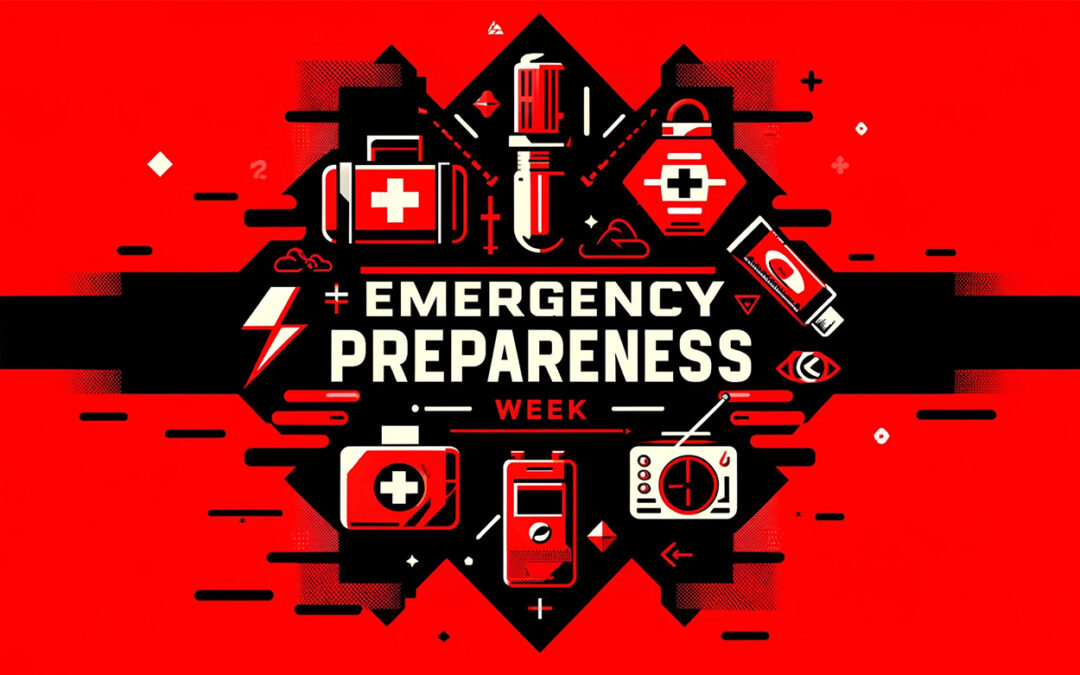
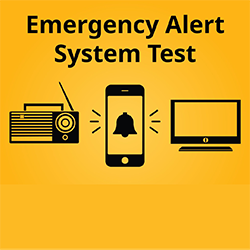
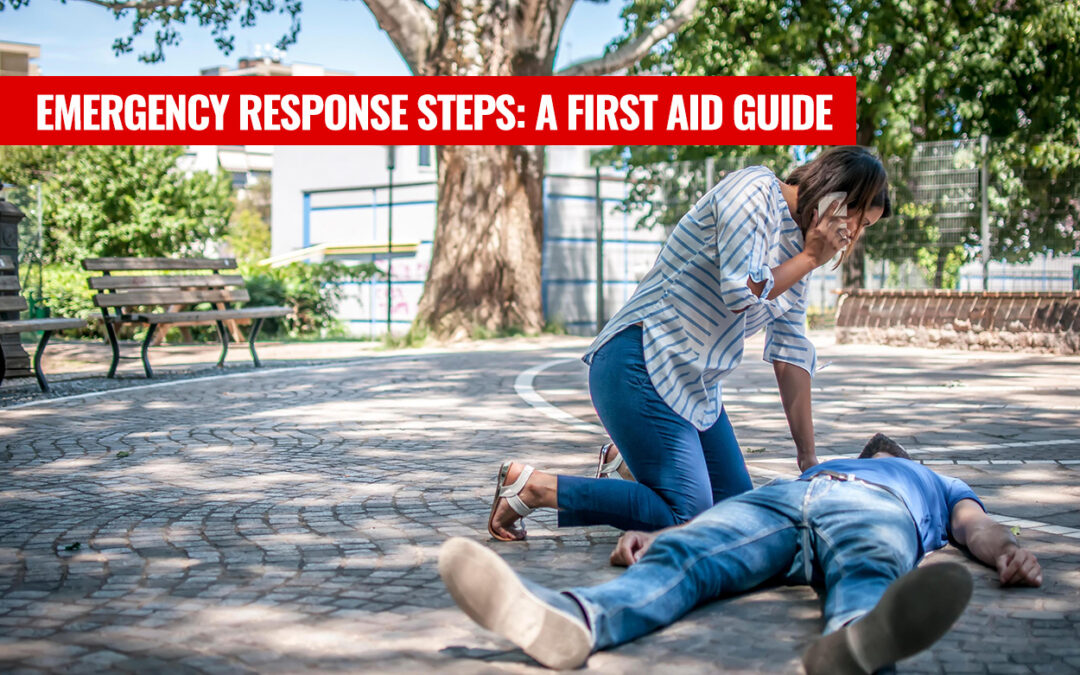
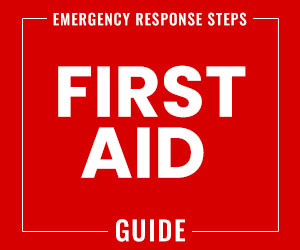 Emergency Response Steps: A First Aid Guide
Emergency Response Steps: A First Aid Guide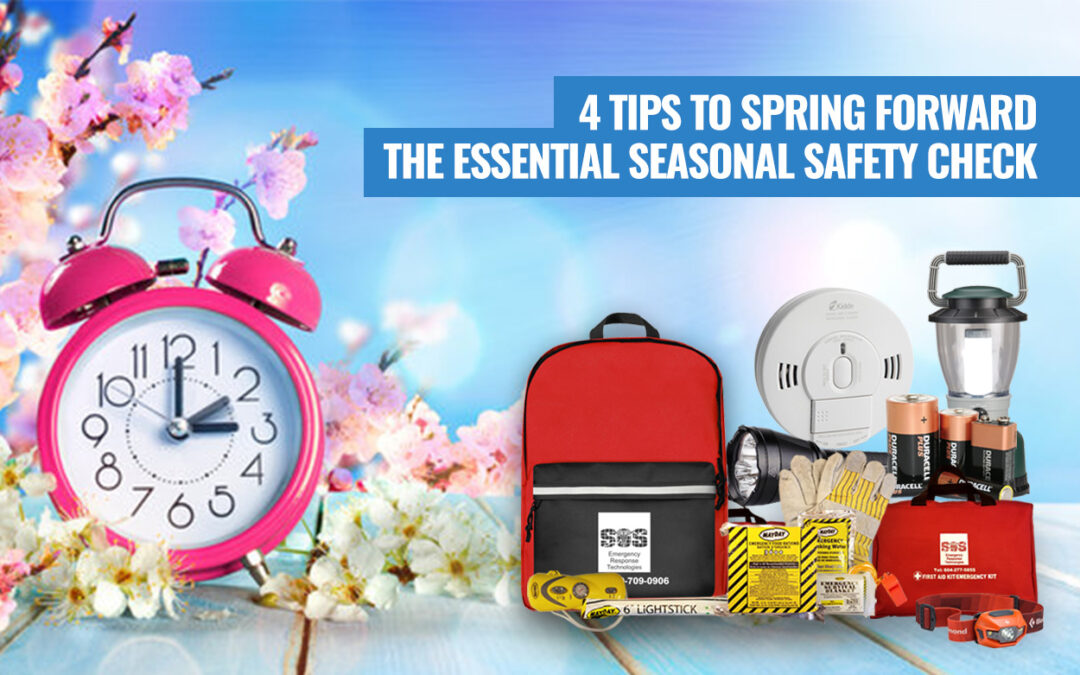
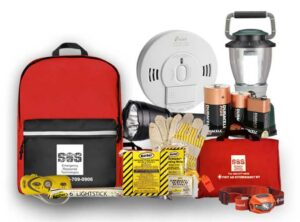 Why Seasonal Safety Checks are Vital
Why Seasonal Safety Checks are Vital